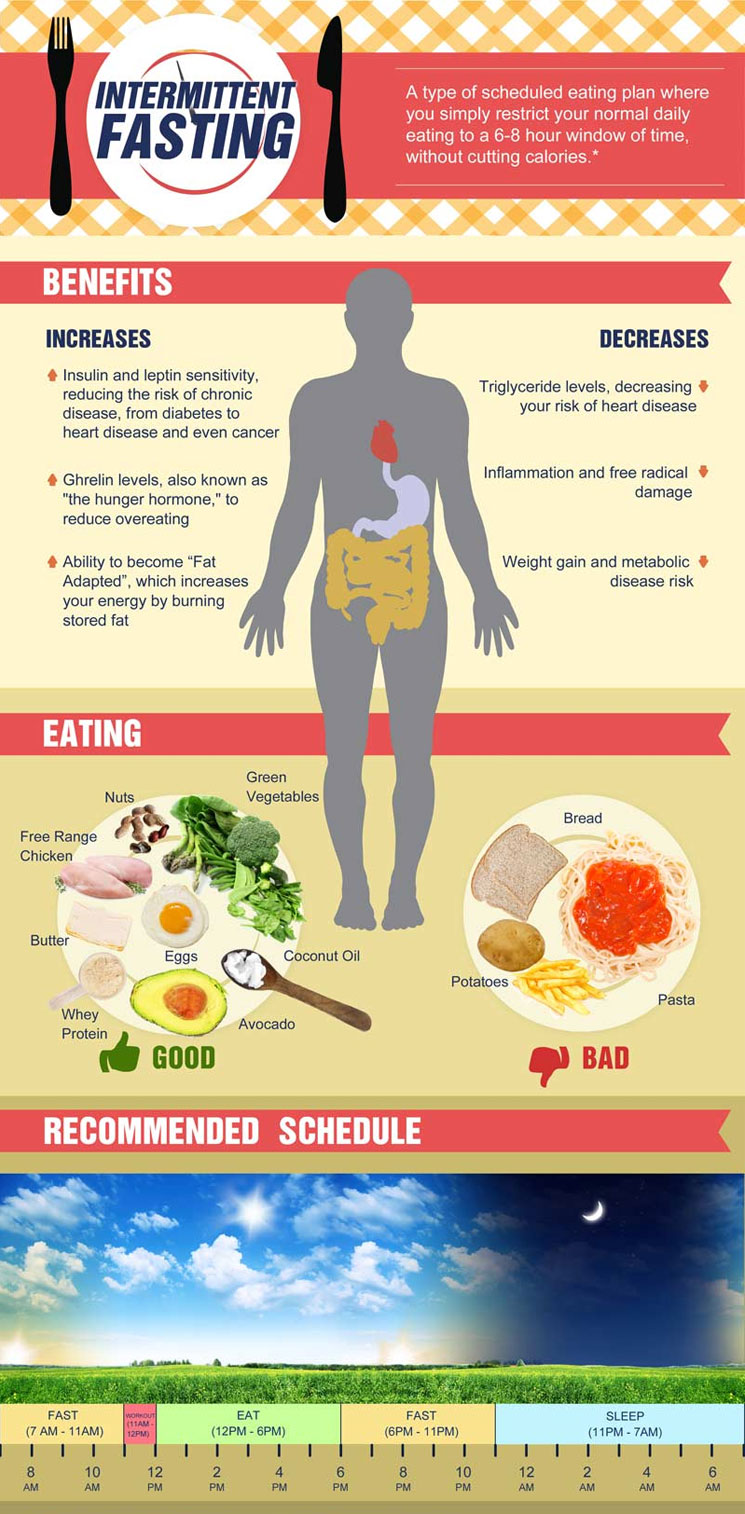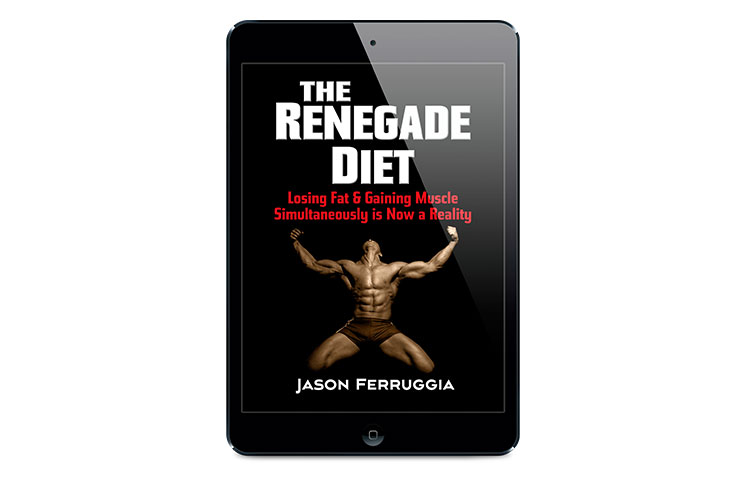Intermittent Fasting Diet Guide
Intermittent Fasting is a new diet system that involves eating for approximately 8 hours per day and fasting for the remaining 16 hours. Find out everything you’ve ever wondered about Intermittent Fasting today in our guide!
What Is Intermittent Fasting?
Intermittent Fasting is just what it sounds like: you fast intermittently. A typical intermittent faster will give themselves an 8 hour window during which they can eat. Then, they will fast for the remaining 16 hours of the day.
Fasters claim this helps them burn fat and gain lean muscle while still eating the foods they love to eat.
Many people report experiencing big strength gains, reduced hunger cravings, and better overall energy.
Fasters also like intermittent fasting because they find it easier than the average starvation diet: 16 hours may seem like a long time, but 8 hours of that time is spent sleeping. If you skip breakfast, you can avoid eating for 4 hours in the morning. And if you avoid eating late at night, then you can avoid eating 4 hours before you go to sleep: there’s your 16 hour fasting window.
Intermittent fasting doesn’t have to be the 16/8 split, although that seems to be the most popular. Technically, all of us intermittently fast because we don’t eat between meals. But other popular intermittent fasting cycles include
- Fast For 24 To 36 Hours Once Each Week, Then Eat Regularly The Rest Of The Week
- 14 Hours Of Fasting, 10 Hours Of Eating
- 20 Hours Of Fasting, 4 Hours Of Eating
- 8 Hours Of Fasting, 6 Hours Of Eating
Each intermittent fasting cycle comes with different strategies. The 14/10 split, for example, recommends eating most of your carbohydrates in the evening. The 18/6 protocol involves eating protein and fats throughout the day and shoving all your carbs and calories for the end of the day after training.
Why Is Intermittent Fasting Popular?
Intermittent fasting is popular because it doesn’t feel like a diet. Most people like to eat anything they like (within reason) during the 8 hour eating window.
Some intermittent fasting diets even advocate eating pizza and other carb-heavy foods during the evening. This can help your body reduce hunger cravings during the fasting period.
Other people enjoy intermittent fasting because they find it helps with their eating disorders: they no longer get cravings or binge eating periods when they force themselves to fast for certain periods of the day.
It’s important to note, however, that intermittent fasting isn’t a cure all for eating disorders: many people claim to have experienced worsened symptoms of eating disorders – including neurosis and binge eating – while intermittent fasting.
6 Most Popular Types of Intermittent Fasting
As intermittent fasting has become more popular, nutritionists and fitness trainers have started to create their own fasting protocols. Here are the 5 most popular intermittent fasts you may want to follow:
Leangains by Martin Berkhan
Berkhan’s program is advertised to avid gym-goers who want to lose their body fat and build muscle.
With this program, women fast for 14 hours each day and men fast for 16 hours. Then, you feed for the remaining 8 to 10 hours.
You can consume certain foods and beverages during the fasting period, including black coffee, diet soda, and sugar-free gum. You’re also permitted to put a splash of milk in your coffee, but be reasonable.
With this intermittent fasting cycle, you typically break your fast (“have breakfast”) 6 hours after waking up. That means you fast throughout the night and eat through most of the day.
Leangains isn’t just an intermittent fasting cycle. The program recommends specific foods you should eat during your eating window. You can eat that food whenever you want during that 8 hour window, but you must eat the foods outlined in Leangains.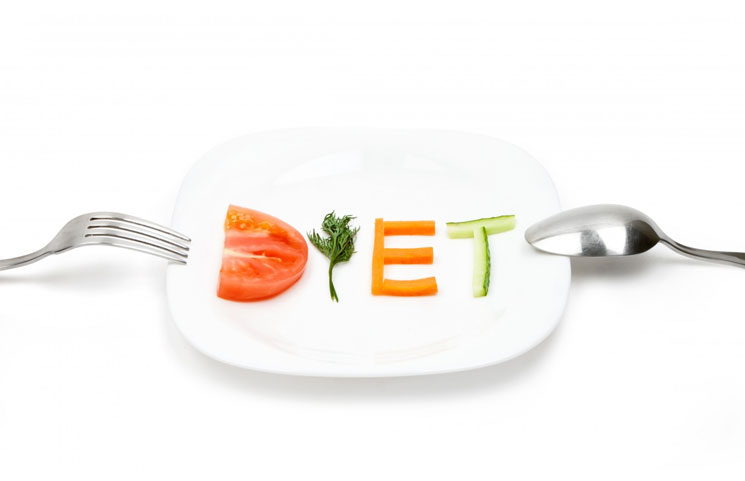
Eat Stop Eat by Brad Pilon
Pilon’s program is best for healthy eaters who are looking for an extra boost to their diet and aren’t interested in traditional starvation diets or other fad diets.
With this program, you fast for 24 hours once or twice per week. Pilon doesn’t actually call this a fast: he calls it a “24 hour break from eating”.
You cannot consume any food during this 24 hour fasting window. Newbies are advised to start slow and gradually increase their fasting phase over time to let the body adjust.
The main logic behind this workout is that you can significantly reduce your overall weekly caloric intake without significantly changing the way you eat.
The diet is also popular because there are no forbidden foods and no counting calories: you just eat the same stuff you normally eat. Obviously, you’re going to have better results if you eat healthy food.
If you have poor self-control, this probably isn’t the intermittent fasting cycle for you. Going 24 hours with no food can be difficult and many people experience headaches, nausea, stomachaches, and other symptoms.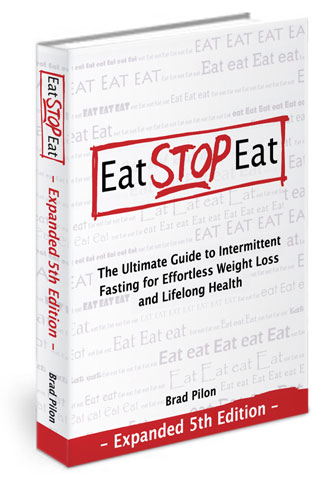
The Warrior Diet by Ori Hofmekler
If you consider yourself a warrior-in-training, then this intermittent fasting cycle may be for you. This cycle is packed with rules and is only for those who are truly devoted to intermittent fasting.
With this diet, you fast for 20 hours every day and eat one large meal every night.
You have to eat certain things within that 4 hour window – including nutrients your body needs to stay in sync with its circadian rhythms. Recommended foods include vegetables, proteins, and fats (preferably in that order). If you’re still hungry after tackling those three main groups, you should add some carbohydrates towards the end of your eating window.
The idea behind this diet is that human beings are nocturnal eaters and we’re programmed to eat our food at night and hunt for food during the day. By returning to this natural cycle, you may be able to enjoy some powerful health benefits.
The Warrior Diet’s fasting period isn’t as strict as other intermittent fasting programs: you can eat a few small snacks to help you get through the day.
Ultimately, the Warrior’s Diet is one of the least popular intermittent fasting programs simply because it’s hard to follow long-term: you might experience short-term energy gains and other advantages, but many people will find the restrictions to be too restrictive.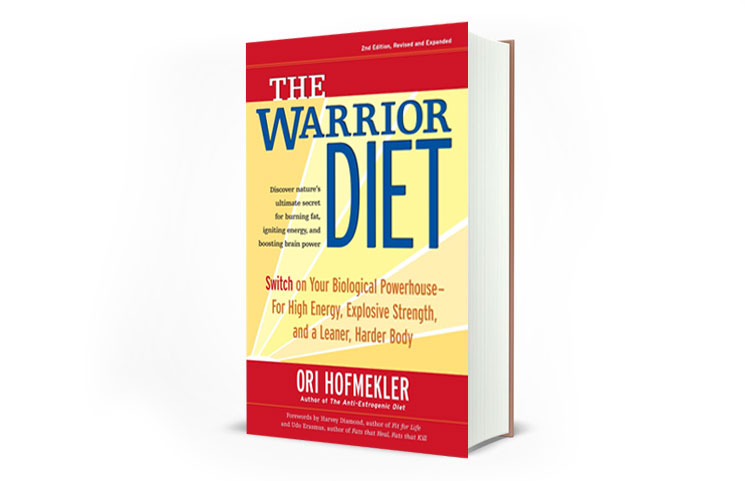
Fat Loss Forever by John Romaniello and Dan Go
Fat Loss Forever is a perfect intermittent fasting system for gym junkies who love their cheat days.
This program combines parts of all three fasting cycles listed above. Here’s how it works: you get one cheat day per week followed by a 36 hour fast. After that, you split up your remaining portion of the seven day cycle between different fasting protocols.
It’s up to you how long to fast between meals (aside from the mandatory 36 hour fast). The creator of the program recommends saving your long fasting windows for days when you need to be productive – you can focus on your work without worrying about food.
If you’re following the official Fat Loss Forever plan, then you also get a fasting/feeding/exercise calendar, which can help immensely if you like to follow a routine.
Some people find Fat Loss Forever difficult for two reasons: first, fasting for 36 whole hours can be draining. And second, some people have trouble indulging their cheat days in moderation and then turning back to healthy food.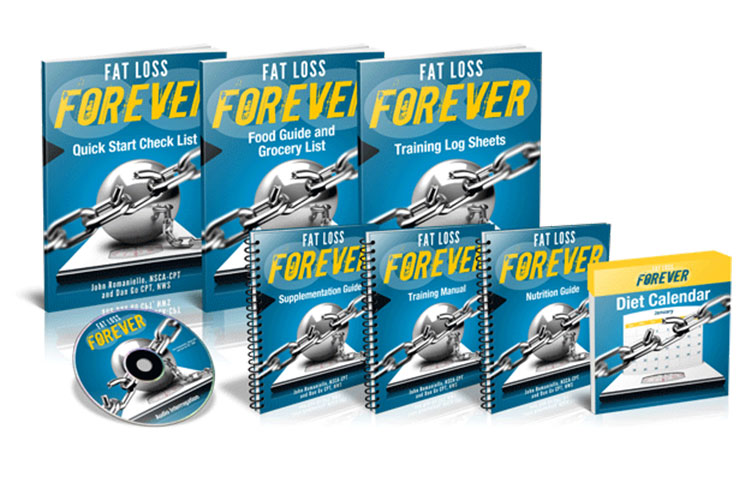
UpDayDownDay, also known as The Alternate-Day Diet by Dr. James Johnson
Out of all the intermittent fasting programs created on this list, UpDayDownDay is the only program created by a real doctor – even if that doctor does have a suspiciously generic name.
Dr. James Johnson’s program involves eating very little one day, then eating like normal the next day.
What does “eating very little” mean? It means you should eat one fifth of your normal caloric intake on your down days. For most people, that means eating as little as 400 to 500 calories.
The program is catered to those who want to lose a lot of weight quickly, but want to do so in a healthy way. It’s not as crazy as a starvation diet, and it’s not as strict as intermittent fasting diets.
The main criticism of the UpDayDownDay diet is that when your UpDay comes around, you’re usually ready to eat a lot more than your normal caloric load.
If you want to stick to this diet, Dr. Johnson recommends drinking meal replacement shakes on your down days instead of food, and then planning out your meals ahead of time on your up days to prevent overeating.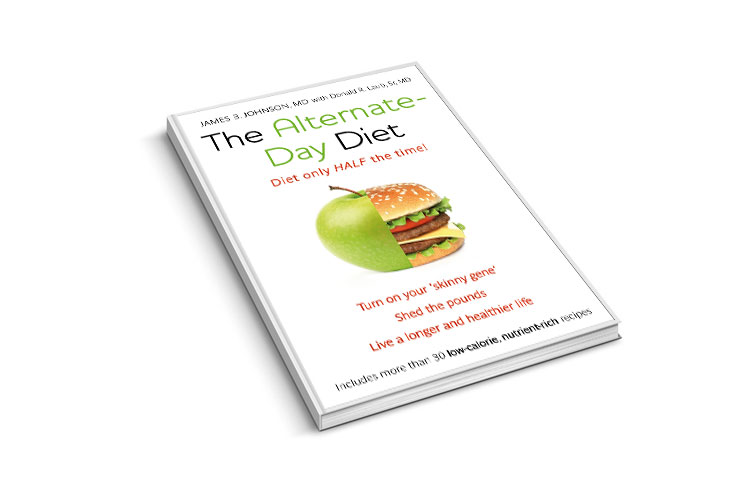
Renegade Diet by Jason Ferruggia
The last diet on our list was created by personal trainer and online personality Jason Ferruggia. It’s called the Renegade Diet and it’s a fairly straightforward intermittent fasting program that advocates eating healthy during your feasting windows.
The program follows a 16 hour fast, 8 hour feeding cycle for men (14/10 for women). You eat the majority of your carbs in the evening.
Instead of eating anything you want during the eating window, you focus on eating organic, whole foods. Ferruggia actually provides a short list of approved foods to eat – although it’s up to you whether or not you want to follow it.
FAQs About Intermittent Fasting
Are Macros and Calorie Counts Important for Intermittent Fasting?
As you learned in the intermittent fasting programs above, some programs advocate strict calorie counts during your eating window, while others let you eat whatever you want. The most popular intermittent fasting program is one you make on your own: you eat the foods you like during your eating window and eat nothing during the fasting window. If you want to take the program a step further, then you can start counting calories and macros according to the programs listed above.
Can I Work Out Normally While Intermittent Fasting?
Most people like to train the same way they always train while intermittent fasting. If you’re following fasting programs where you fast for 24-36 hours, however, then you may struggle to find the energy to work out during these days.
What Should I Do If I Usually Work Out in the Morning?
Most intermittent fasting programs recommend you skip breakfast. That can be a problem for people who like to work out in the early morning. If that’s the case with you, then you should try taking a BCAA supplement before, during, or after your workout. Bodybuilding.com recommends taking 10g of BCAAs before your workout, 10g of BCAAs during your workout, and another 10g after your workout. This gives your muscles the base fuel they need to repair themselves while still following intermittent fasting protocol.
Will I Lose My Strength Gains?
Contrary to what you might think, most people report increased energy levels and muscle gains while intermittent fasting. Unless you’re doing extreme intermittent fasting, where you fast for 24 hour windows several times per week, you shouldn’t notice any big drops in your strength.
Any Tips to Make Intermittent Fasting Easier?
— Drink Lots Of Water. It will make you feel full while keeping your body healthy and hydrated.
— Fast Throughout The Night. Boom, you’ve just made your fasting window 8 hours easier.
— Don’t Think Of Fasting As A Big Deal. Just think of it as taking a temporary break from eating. If you want to think positive, you can think “hey, now I don’t have to worry about what to make for breakfast or what to eat for a snack”.
— Keep Yourself Busy. If you’re trying to intermittently fast when you’re sitting on the couch all day, you’re going to have a rough time. If you keep yourself busy running errands or working, then things should be easy. We’ve all had days where we’ve been so busy we forget to eat. Try to have a lot of those days when intermittently fasting.
— Remember: you shouldn’t be torturing yourself with intermittent fasting. The whole point of intermittent fasting is that you enjoy the benefits of a strict diet without actually feeling like you’re ever dieting or starving yourself. If you repeatedly experience nausea, cramps, headaches, and other symptoms during your fasting windows, then intermittent fasting may not be the right choice for you.